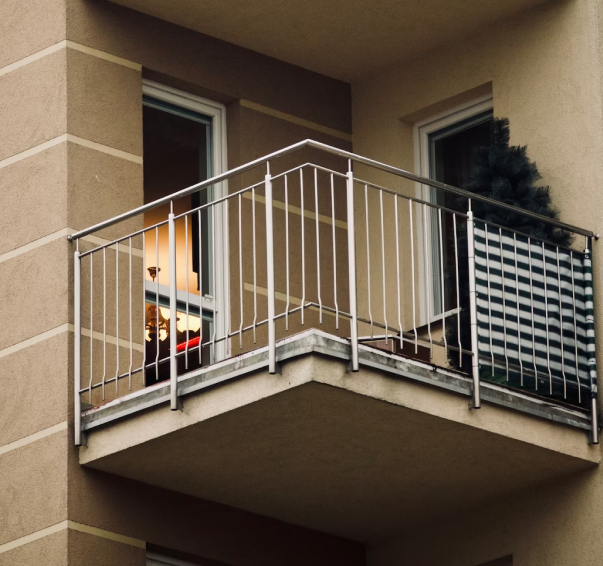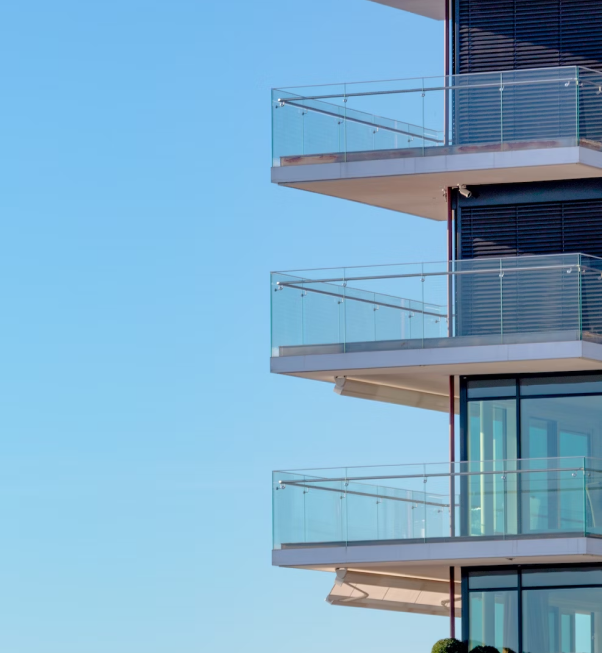We will inspect your balconies in compliance with California SB 326 and SB 721 laws. Our inspection will determine whether your exterior elements are in safe condition.



Our licensed balcony inspectors have decades of combined construction and design experience. Not only that, but our team has worked with hundreds of building owners over the years—helping them complete a range of safety inspections.
It would be our privilege to do the same for you. Let our expert staff oversee your SB 326 and SB 721 inspection needs today. We’ll uncover early signs of failure and get you on the path to repair.

We will inspect your balconies in compliance with California SB 326 and SB 721 laws. Our inspection will determine whether your exterior elements are in safe condition.
Multifamily properties with three or more units need to comply with SB 721. In addition, Homeowners Association (HOA) residences must comply with SB 326 (also known as California’s “Balcony Law”). All buildings designed for human use need to comply with the law regardless of when they were built.
For more information on the current Balcony Law, consult the Davis-Stirling Act. You can find details on balcony maintenance and repairs here, and information on elevated wooden structure inspections here.
Inspections are important for public safety reasons. The new bill was created in 2018, after the tragic death of six people in a Berkeley apartment balcony collapse. The incident was caused by the structural decay of the balcony’s wood frame and could have been prevented with more frequent inspections.
According to SB 236 and SB 721, “The purpose of the inspection is to determine that exterior elevated elements and their associated waterproofing elements are in a generally safe condition, adequate working order, and free from any hazardous condition…”
All elevated exterior elements of the property need to be inspected. These include balconies, decks, railings, porches, walkways, exterior stairways, and exterior entry structures like supports and railings.
Waterproofing elements include flashings, coatings, membranes, and sealants that protect the load-bearing components of the abovementioned exterior elevated elements from exposure to water and weather conditions.
Load-bearing components are the balconies, decks, stairways, and other supporting elements that feature walking surfaces for human use (located 6 feet above the ground or higher).
According to SB 721, multifamily buildings must have the inspection completed by a licensed architect, civil engineer, or structural engineer. The inspection may also be completed by a certified building inspector or a general contractor with an A, B, or C-5 license.
According to SB 326, HOA balcony inspections must be completed by a licensed structural engineer.
The first inspection must be completed by January 1, 2025. Additional inspections must be scheduled every six years, and the building owner must keep their record of inspection for 12 years.
The inspector will assess and share the following after each inspection:
Yes. The inspector will share an initial report with findings and a final report stating that any necessary repairs have been completed. The report must be signed or stamped by the inspector and given to the building owner within 45 days of the inspection. If the inspector finds a need for an emergency repair, the report must be given to the building owner within 15 days.
A balcony inspection report will include photographs, test results, and written findings that describe the current condition of the balcony or associated structure. The report will also state which (if any) exterior elevated elements present a current or future safety problem, and whether repairs are in order.
If the inspector finds an immediate safety threat, the building owner will need to take the appropriate preventive measures immediately. This includes preventing occupants from accessing the balcony until emergency repairs can be completed.
If there is a need for maintenance but no immediate safety threat, the building owner must apply for a permit within 120 days of receiving their inspection report. When the permit is approved, the owner has 120 days to complete the necessary repairs. Failure to make the repairs within 180 days will result in a warning. If the owner doesn’t complete the repairs in the 30 days that follow, they will incur a civil penalty resulting in fines and a potential building safety lien.
